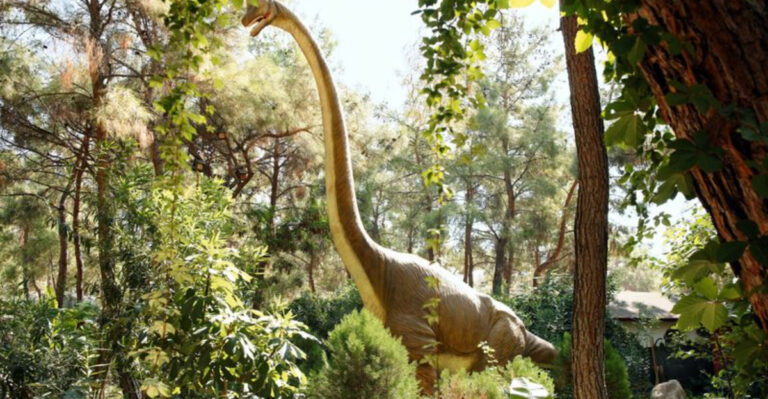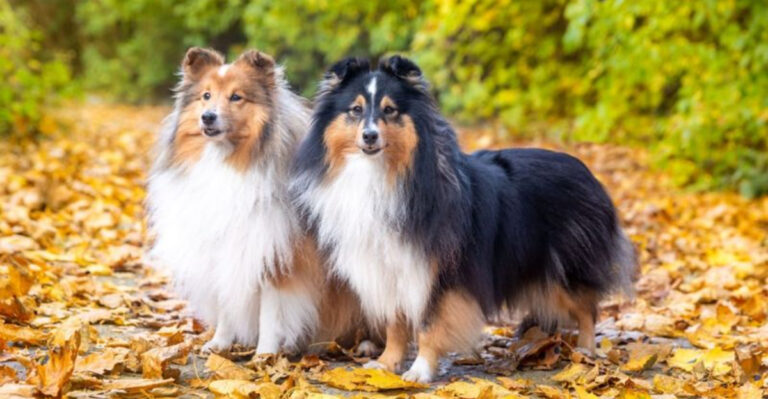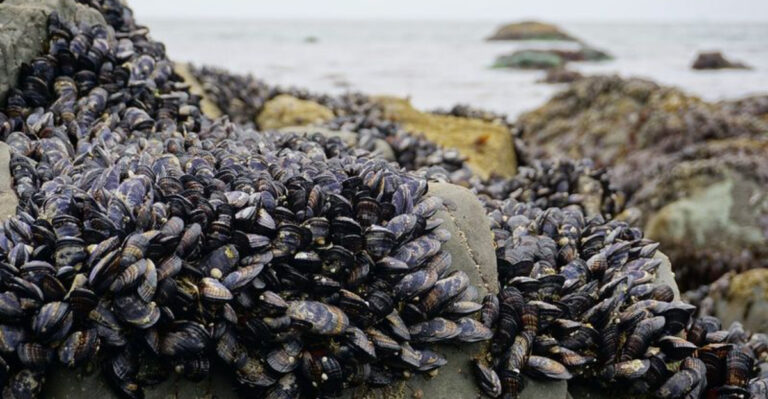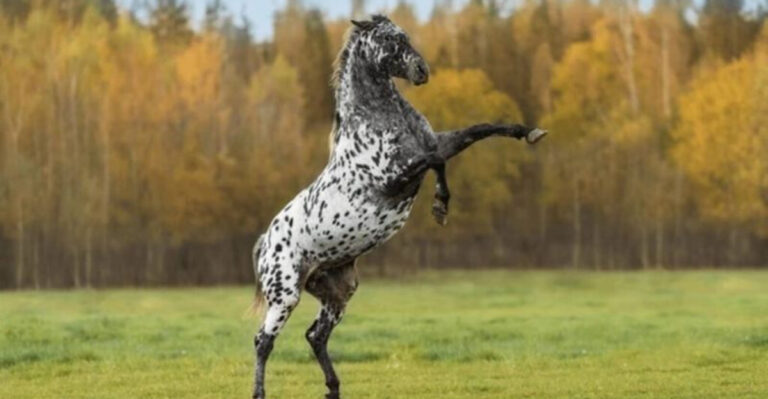How To Welcome Deer Into Your Backyard In 12 Easy Steps
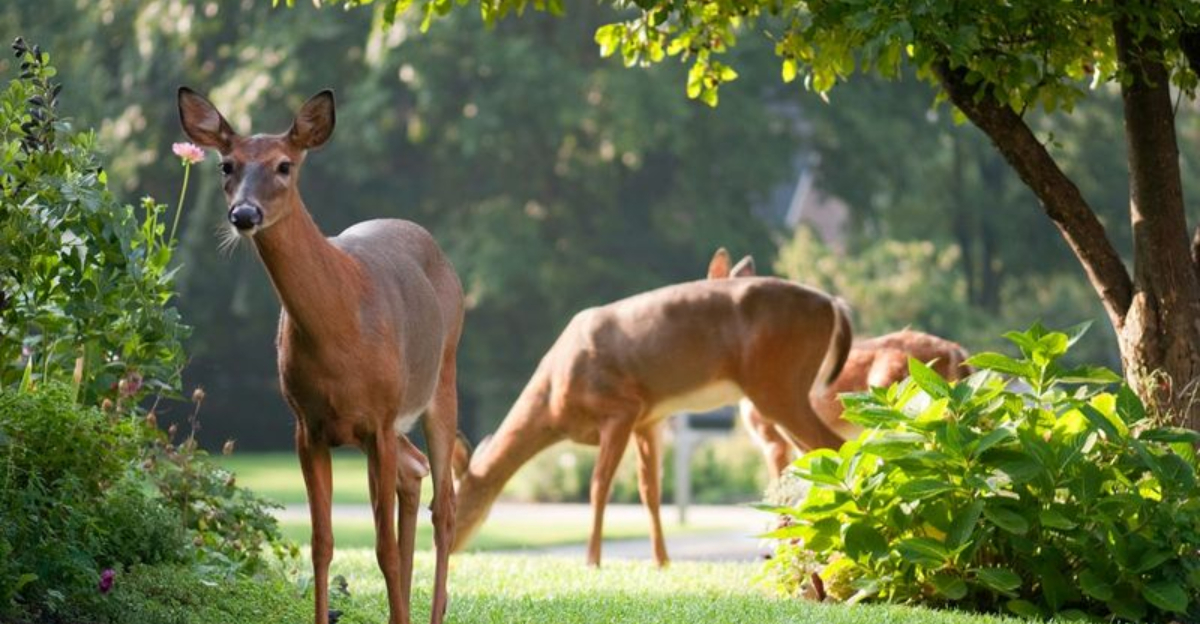
Inviting deer into your yard can transform your outdoor space into a serene and enchanting natural haven.
In this list, we’ll explore incredible ways to attract these gentle creatures to your outdoor space, ensuring each encounter is a magical experience.
1. Provide Nighttime Tranquility
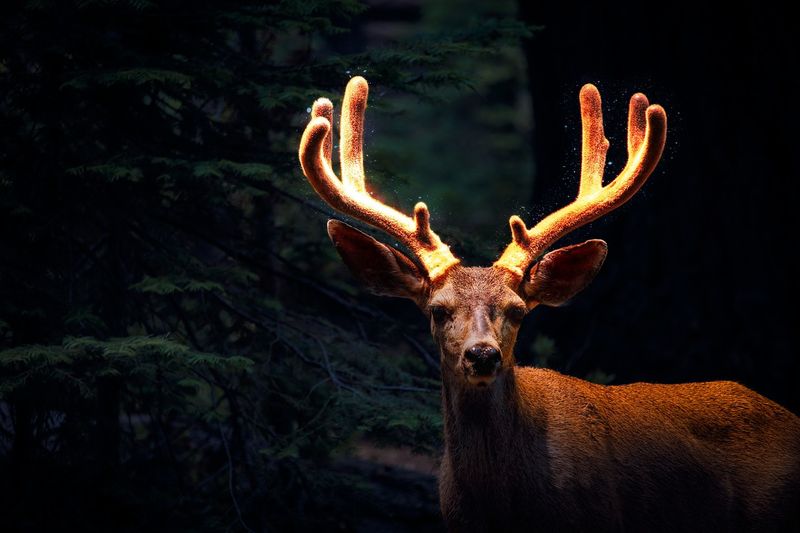
Deer love a peaceful yard, especially after dark. A calm, quiet space makes them feel safe enough to explore.
Use soft lighting to gently glow without scaring them off. Skip bright lights that could ruin the mood.
Let your garden echo the sounds of the night. That quiet vibe invites deer in and keeps nature close.
2. Maintain A Seasonal Routine
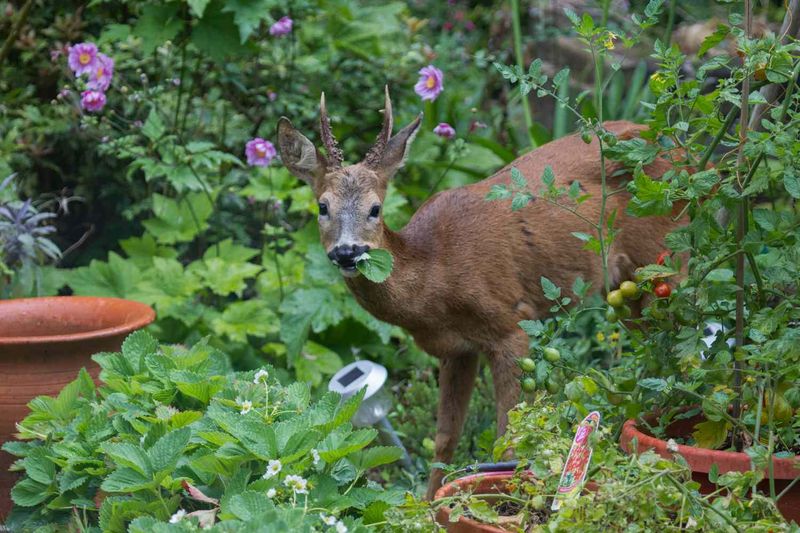
Change up your yard with the seasons to keep it deer-friendly all year long. In warmer months, go for leafy greens and bright blooms they’ll love.
When it gets chilly, switch to shrubs and evergreens for food and shelter. Deer appreciate a yard that feels cozy in every season.
Keep things neat and add seasonal touches to spark their curiosity. A tidy, changing yard is one they’ll keep coming back to.
3. Avoid Chemical Deterrents
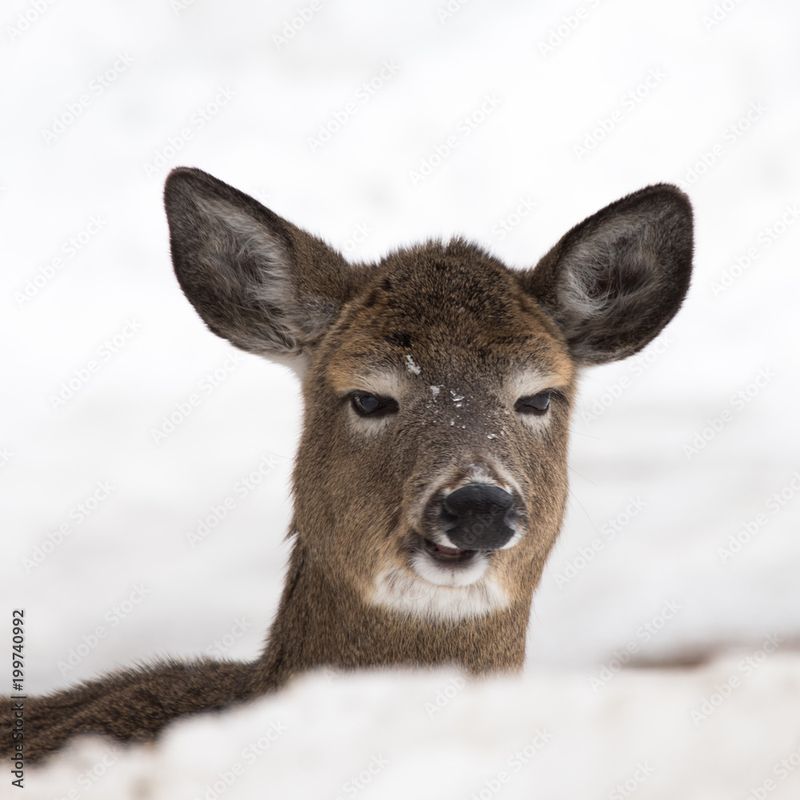
Harsh chemicals can drive deer away fast. Stick to natural pest control to keep your garden safe and inviting.
Use companion planting or helpful bugs like ladybugs to handle pests. It’s better for the environment and the deer.
Organic gardening helps more than just your flowers. It creates a wildlife-friendly space full of life.
4. Engage In Regular Observation
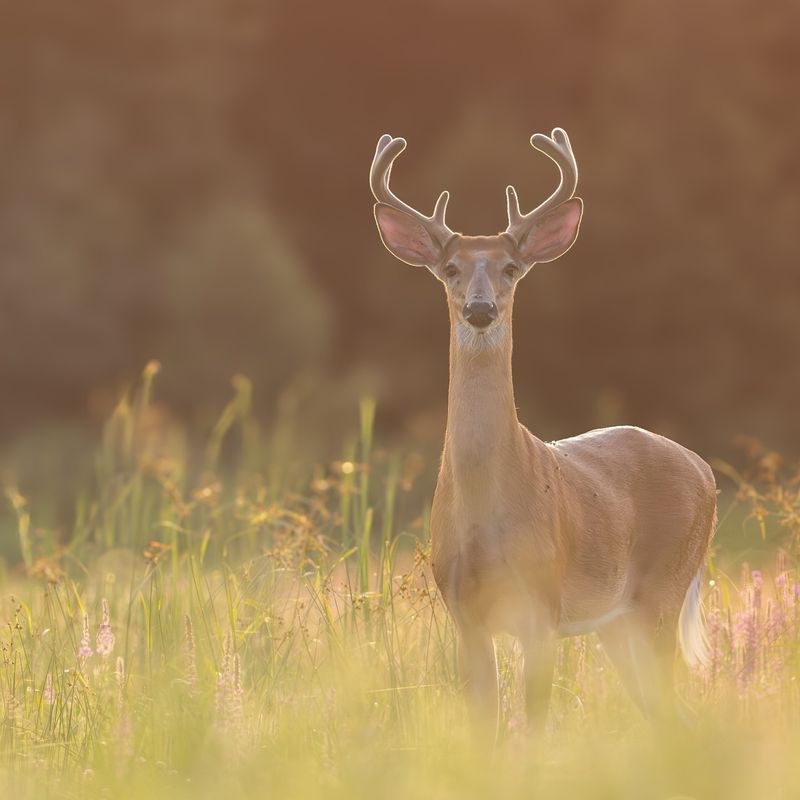
Watching deer regularly helps you learn what they like best. The more you observe, the better you can shape your yard to suit them.
Set up a quiet spot with a bench, binoculars, or even a camera. Just be sure to keep your distance and let them feel safe.
Over time, you’ll grow more connected to the wildlife around you. It’s a peaceful way to enjoy and support nature right at home.
5. Enhance Scents With Natural Herbs
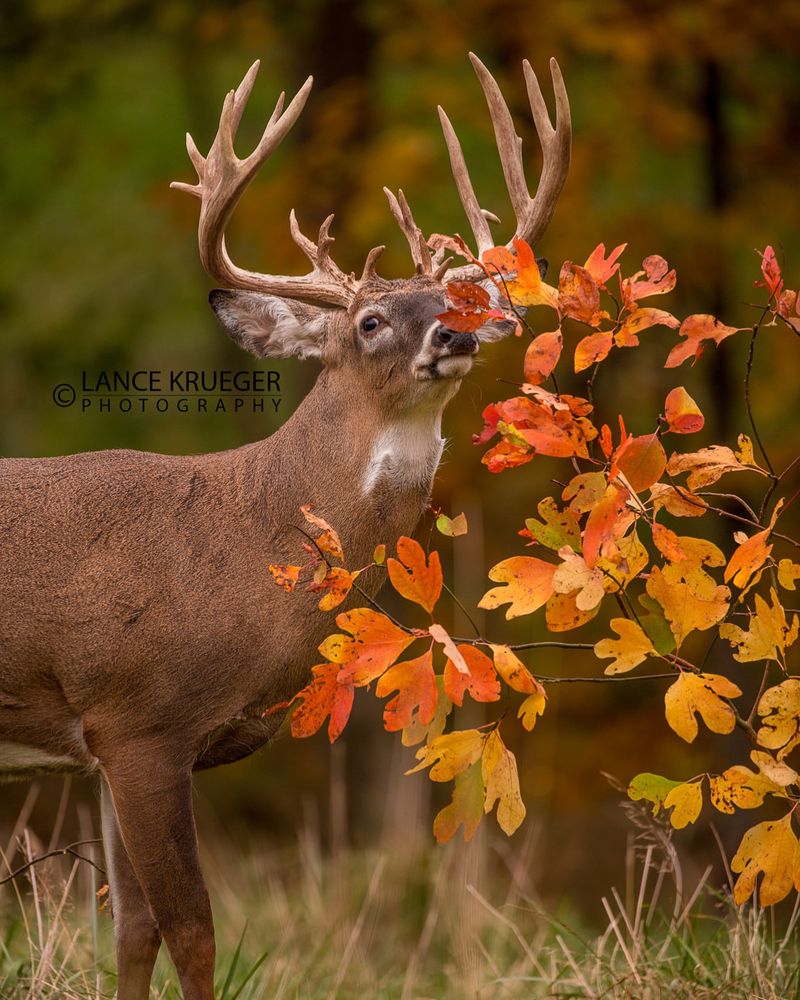
Deer love following their noses, so fragrant herbs can lure them in. Lavender and rosemary smell great and catch their attention fast.
Plant them around the edges of your yard to draw deer from a distance. Once they’re curious, they’ll come closer to explore.
These herbs are useful in the kitchen too—win-win! A scented garden makes your space irresistible to deer.
6. Install A Small Water Feature
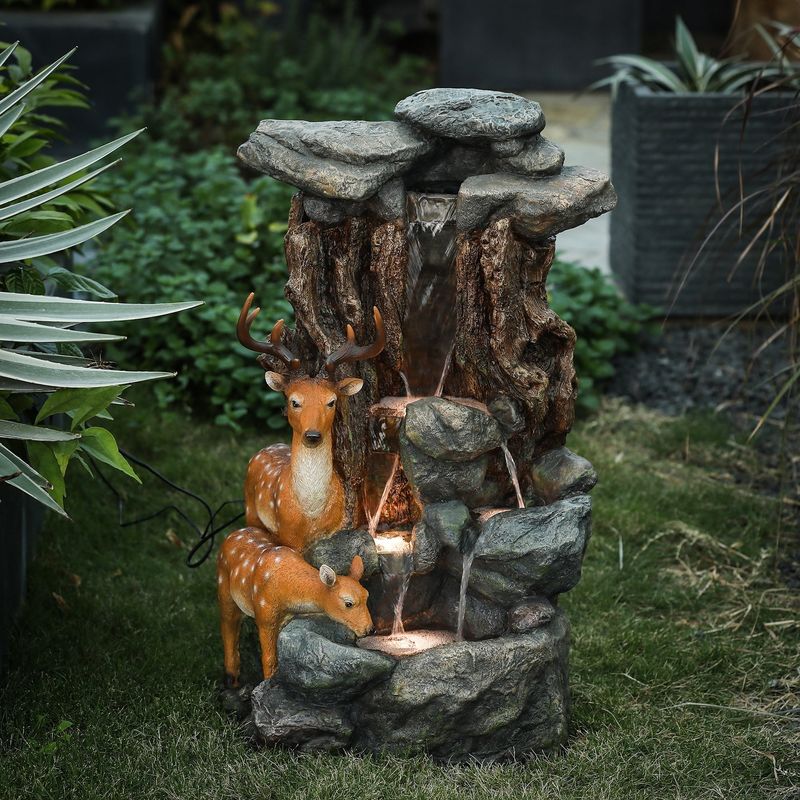
Deer need water, so adding a small pond or fountain can work wonders. It gives them a reason to stop by, especially during dry spells.
Water features also make your yard feel calm and inviting. Deer love peaceful spaces just as much as we do.
Keep the water clean and surround it with natural touches. Soon, your yard becomes a favorite wildlife hangout.
7. Create Natural Shelter Areas
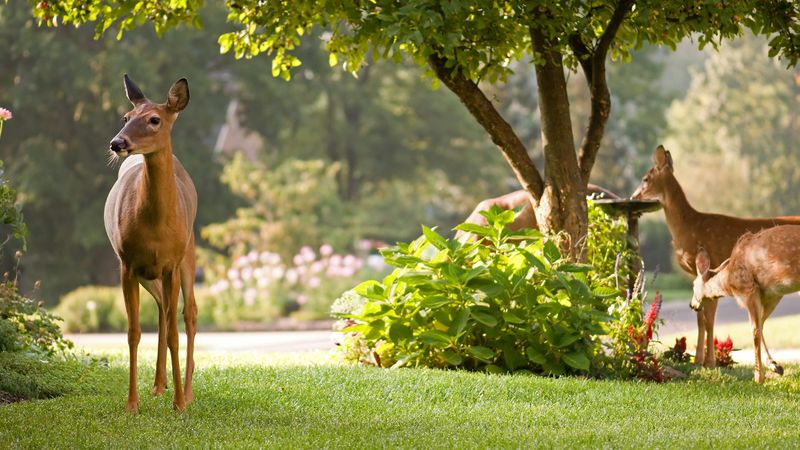
Deer love a safe spot to hide from weather and predators. Dense shrubs and trees give them the shelter they need.
Native trees like oaks and pines create cozy canopies. Keep the underbrush thick, but easy to move through.
Let part of your yard grow a little wild. It makes deer feel right at home.
8. Plant Deer-Friendly Vegetation
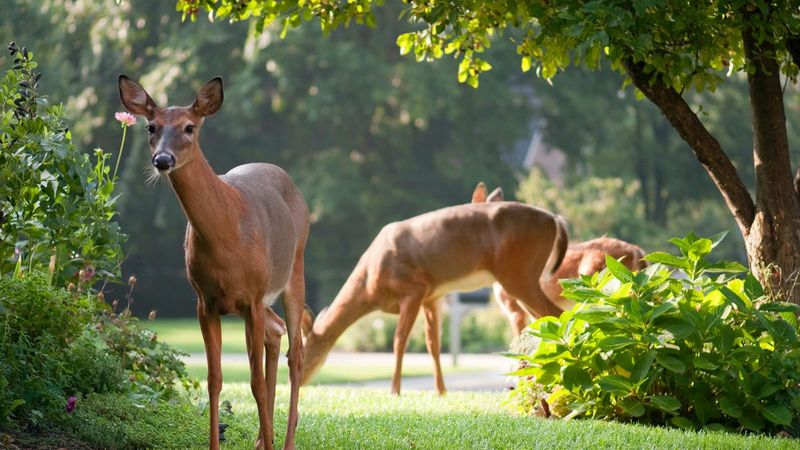
Planting deer-friendly greenery is a natural way to invite them in. Clover, sedge, and certain shrubs make tasty favorites.
Add fruit trees or berry bushes for a sweet bonus they won’t resist. A varied menu keeps them coming back year-round.
Design your yard with clear paths and open spaces. The easier it is to explore, the more they’ll feel at home.
9. Minimize Predator Presence
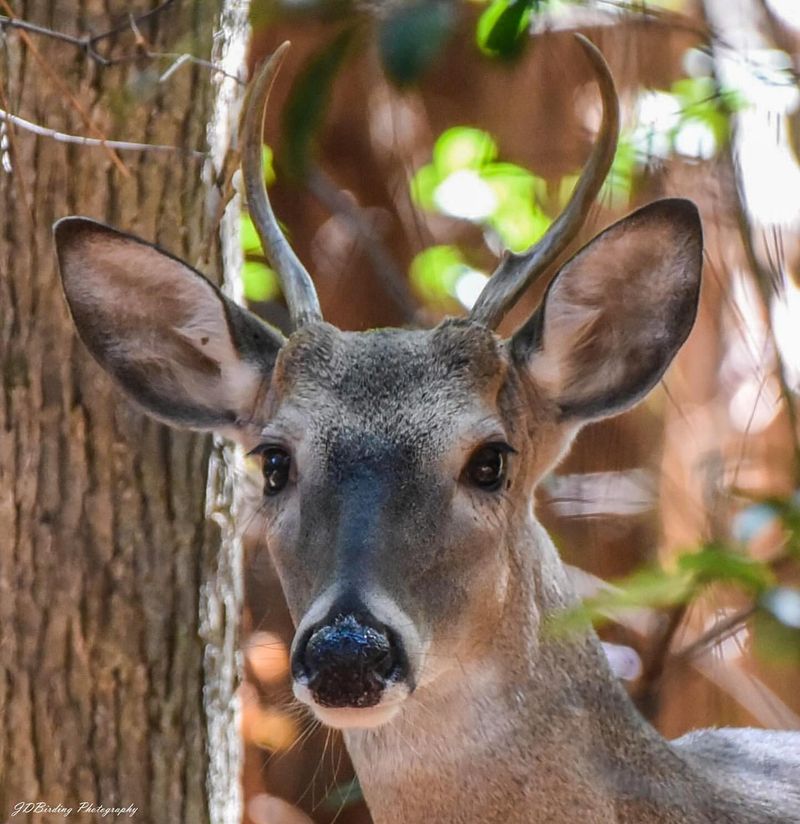
Deer won’t stick around if they feel unsafe, so peace and quiet are a must. Loud noises or roaming pets can easily scare them off.
Try fencing off pet areas or using plants as natural sound buffers. A calm space makes deer feel welcome and at ease.
A peaceful yard isn’t just for them—it’s for you too. Everyone wins in a quiet, cozy outdoor retreat.
10. Arrange For Seasonal Food Plots
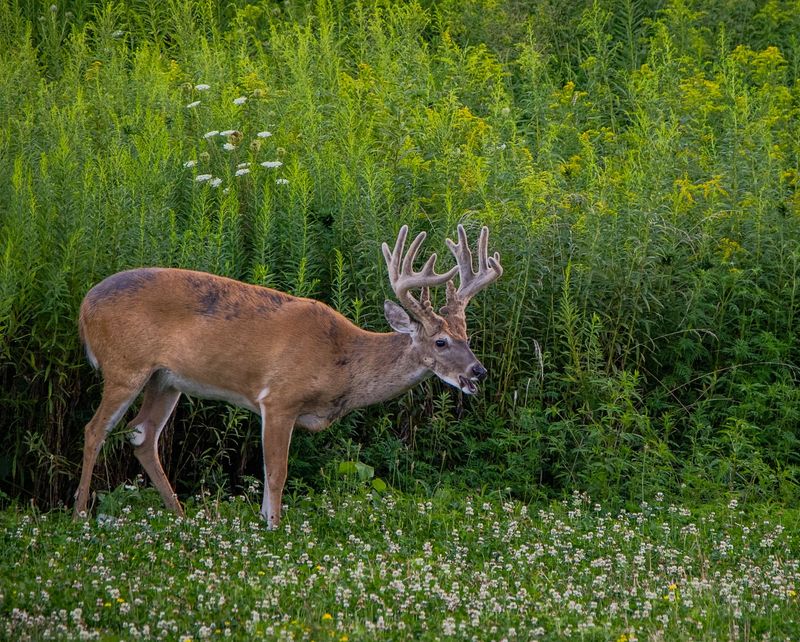
Seasonal food plots are a tasty way to bring deer into your yard. Crops like clover or winter rye keep them coming back for more.
Switch up what you plant each season to keep it fresh and healthy. It’s good for the deer—and your soil!
Place these plots where deer can reach them easily. A changing menu makes your garden a wildlife favorite.
11. Create A Calm Environment
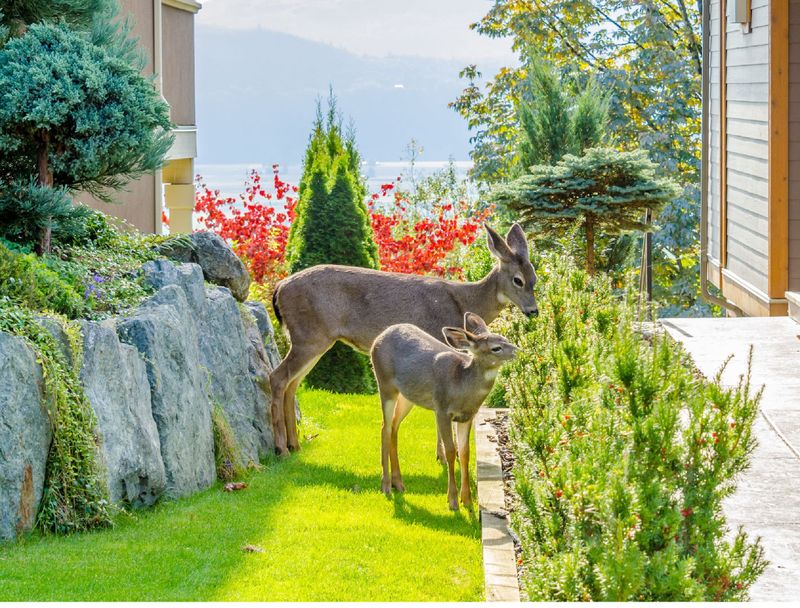
Switch up your yard with the seasons to keep deer coming back. In spring and summer, plant lush greens and blooms they can’t resist.
Come fall and winter, add hearty shrubs and evergreens for food and cover. It keeps your space inviting even when the cold sets in.
A little cleanup and seasonal charm go a long way. Deer love a yard that changes with the times.
12. Use Salt Licks Strategically
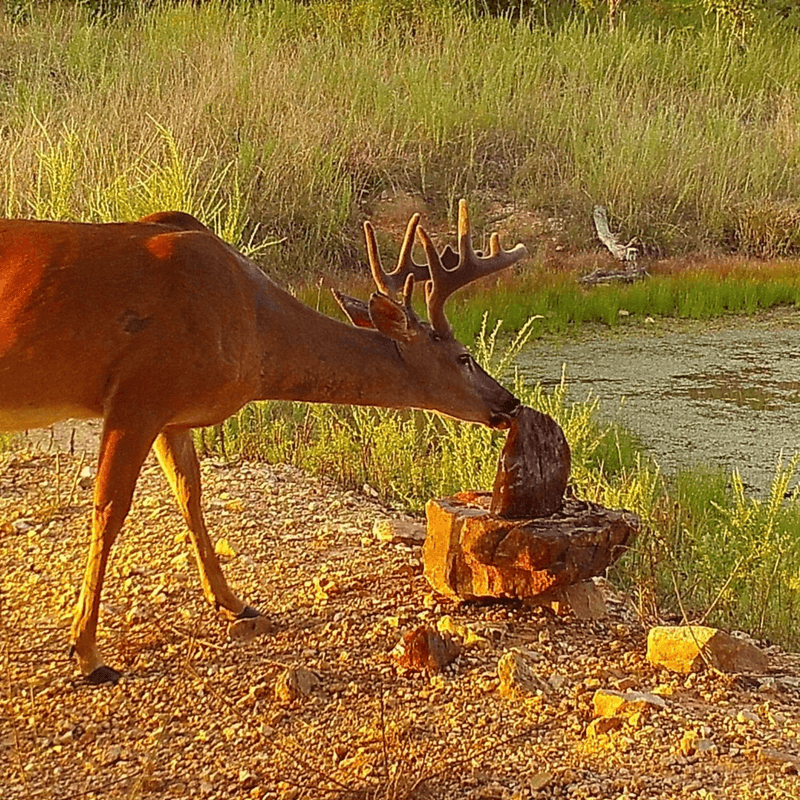
Salt licks are like snacks packed with nutrients deer can’t resist. They’re especially helpful during colder months when food is scarce.
Place them near feeding spots or water for the best results. This keeps deer curious and hanging around longer.
Use them wisely and balance with natural food sources. Done right, salt licks turn your yard into a deer magnet.


